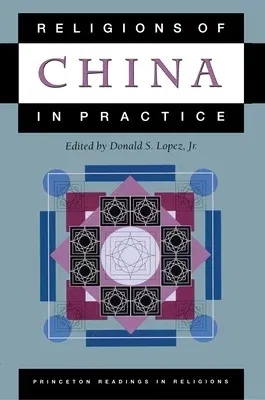Religions of China in PracticePaperback, 7 April 1996

Qty
1
Turbo
Ships in 2 - 3 days
In Stock
Free Delivery
Cash on Delivery
15 Days
Free Returns
Secure Checkout

Part of Series
Princeton Readings in Religions
Part of Series
Princeton Readings in Religions (Paperback)
Print Length
520 pages
Language
English
Publisher
Princeton University Press
Date Published
7 Apr 1996
ISBN-10
0691021430
ISBN-13
9780691021430
Description
Product Details
Book Format:
Paperback
Country of Origin:
US
Date Published:
7 April 1996
Dimensions:
23.27 x
15.54 x
2.82 cm
ISBN-10:
0691021430
ISBN-13:
9780691021430
Language:
English
Location:
Princeton
Pages:
520
Publisher:
Weight:
694 gm